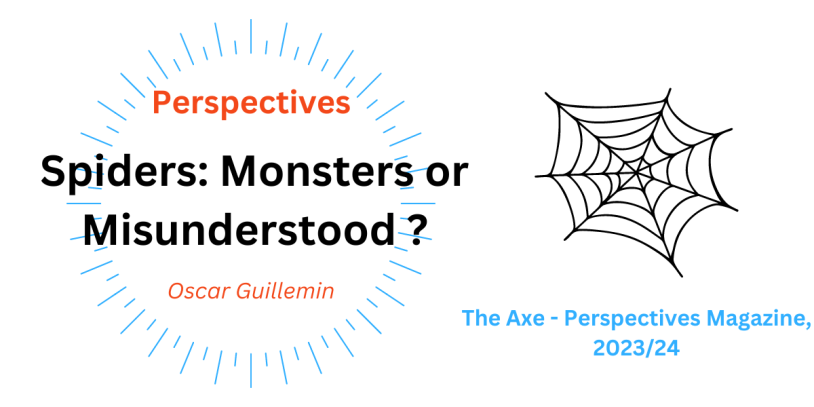Spiders are one of nature’s most misunderstood creatures. Many people dislike them, but they serve an ecological purpose much greater than many might guess. From classic myths to modern scary stories, spiders have frequently been characterized as frightening and creepy, but their ecological impact in terms of acting as a natural pesticide can’t be understated.
Since the beginning of our species, we have battled against invasive pests. Insects like mosquitoes, ants, and cockroaches have proven difficult to keep away. Thankfully for us, all of these insects and many more are the prey of spiders, which eat insects in significant numbers. A typical spider can eat ten percent of its body weight in insects every day. In 2017, a team of Swiss and Swedish researchers estimated that the world’s spiders eat between 400 and 800 metric tons (about 880,000 to 1.8 million pounds) of prey per year. Some industries have even taken advantage of spiders, like cranberry farmers who routinely use Wolf Spiders to keep their crops free of pests. With that being the case, why are people so afraid of the spiders that so much to help us?
Arachnophobia, or a fear of spiders, is one of the most common phobias. It’s been estimated that between three and five percent of the population suffers from true arachnophobia, and a less severe fear or general dislike of spiders is even more common. This common feeling around spiders has been used to enhance horror since the early days of the genre. While horror as we know it today has existed since the early 1800s, myths surrounding spiders go back even further.
One of the earliest and most influential myths surrounding spiders is the ancient Greek myth of Arachne. The myth goes that Arachne was a woman highly gifted in weaving tapestries. One day, she boasted that she was more skilled than Athena, the goddess of wisdom, war strategy, and weaving. Athena disguised herself as an old woman and warned Arachne of the danger of provoking the gods, but Arachne told the woman that she would challenge Athena to a weaving contest and that if she lost, Athena could decide her punishment. Athena then revealed her true godly form to Arachne and both women began to weave. The tapestries of Athena and Arachne were both masterpieces, with each depicting the gods of Olympus. Athena’s tapestry shows the Gods in heroic scenes of battle, but Arachne’s tapestry showed the wrongdoings and crimes of the gods, angering Athena greatly. Enraged, Athena then transformed Arachne and her descendants into spiders.
Editor’s Note for Perspectives Magazine
The Axe staff has worked hard this year to put together the spring magazine, and we are all so excited for you to be reading it. Following the theme Perspectives, we have explored many different angles of many different subjects.
A magazine allows for so much more depth with a story, and it was amazing to dive into this different style of writing. From longer articles to interesting visuals to a really big crossword, there is something for everyone in here.
A magazine also takes a lot of time, and requires hard work on many fronts. With articles, visuals, editing, layouts – a lot of time has been put into making Perspectives.
Hopefully, this magazine allows you to explore perspectives you may not have come across before.Happy reading!
Aria Lynn-Skov
>Full magazine PDF here:
